Help
Community21 has selected some case study communities and projects to share across the network to inspire and inform others. Should we be featuring yours? If so get in touch.
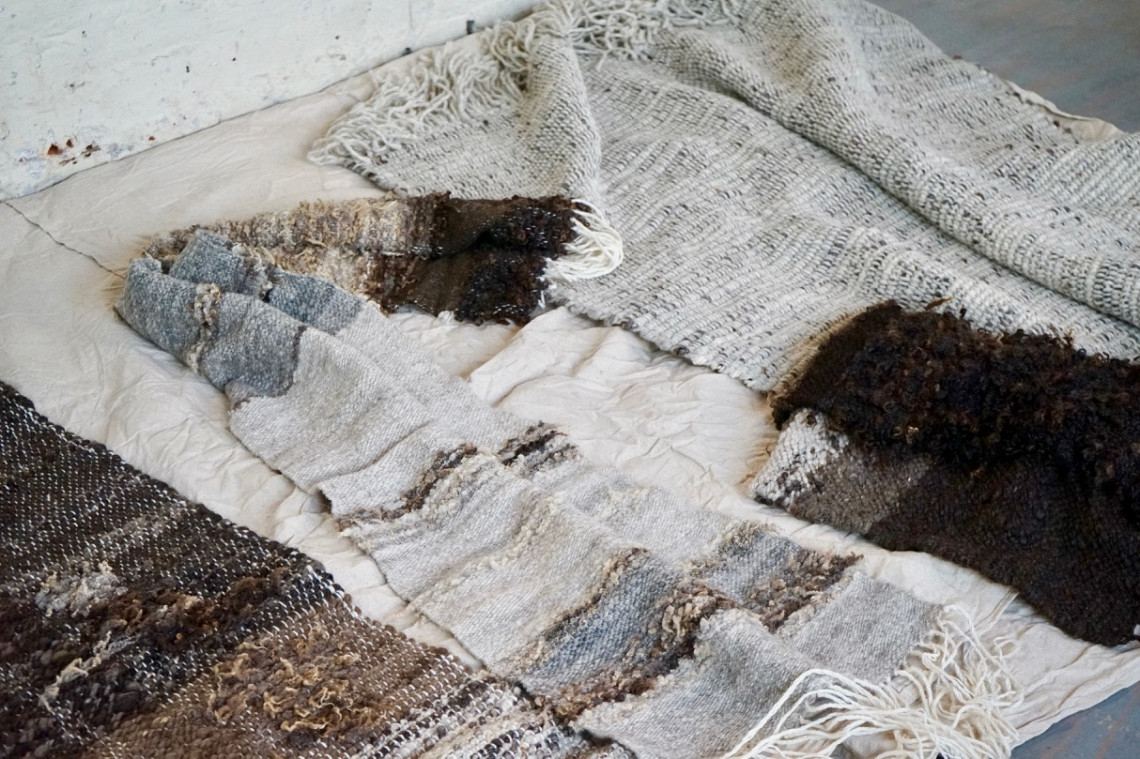
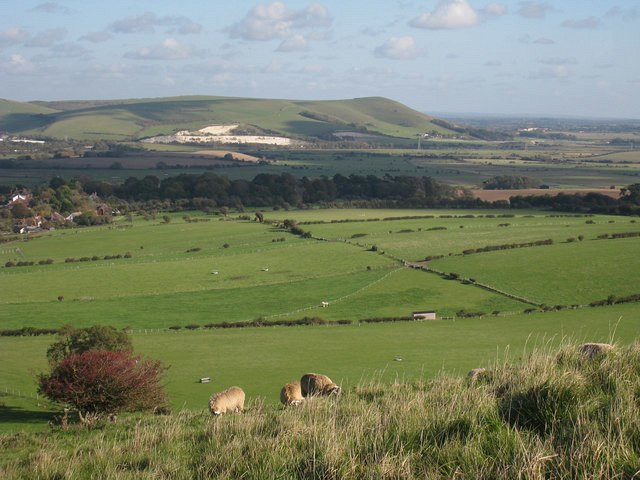
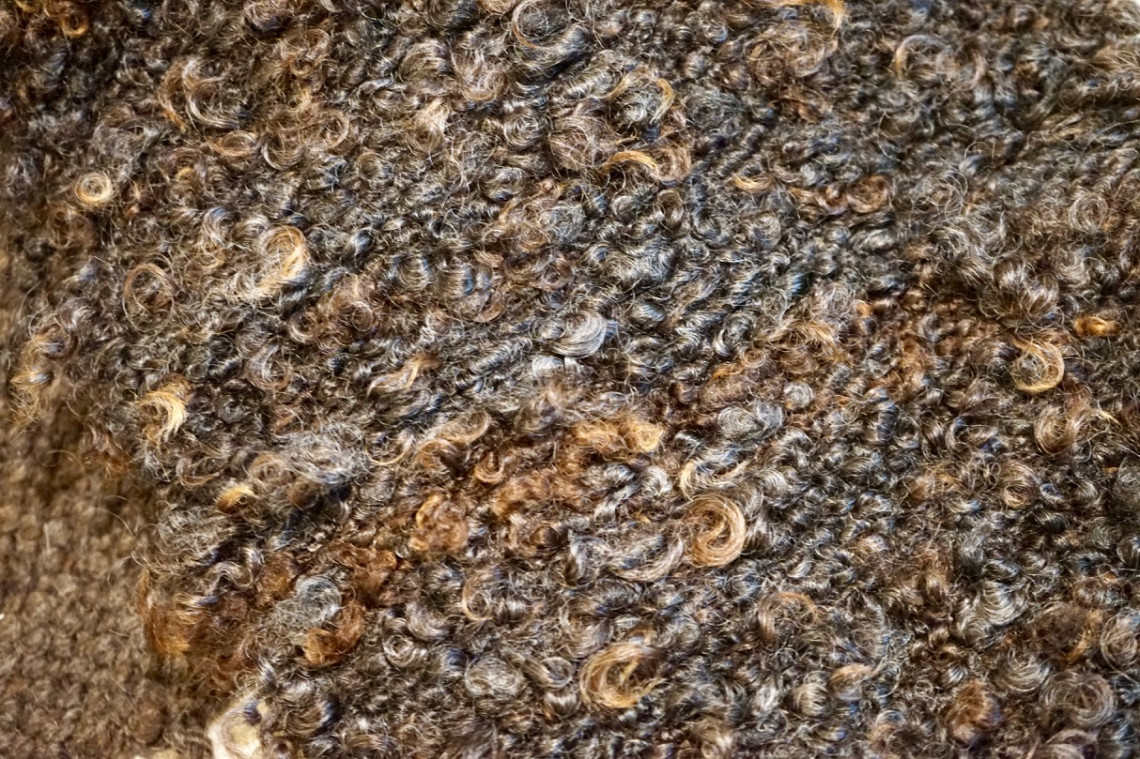
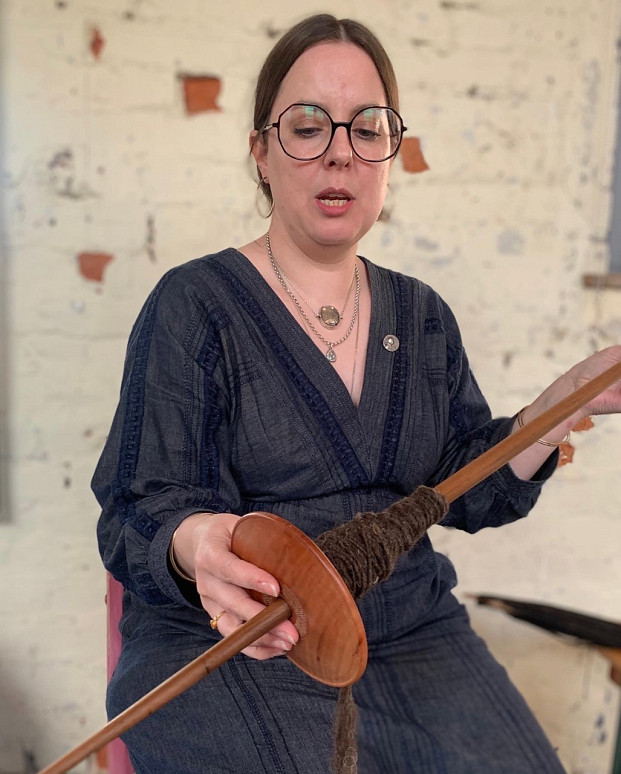

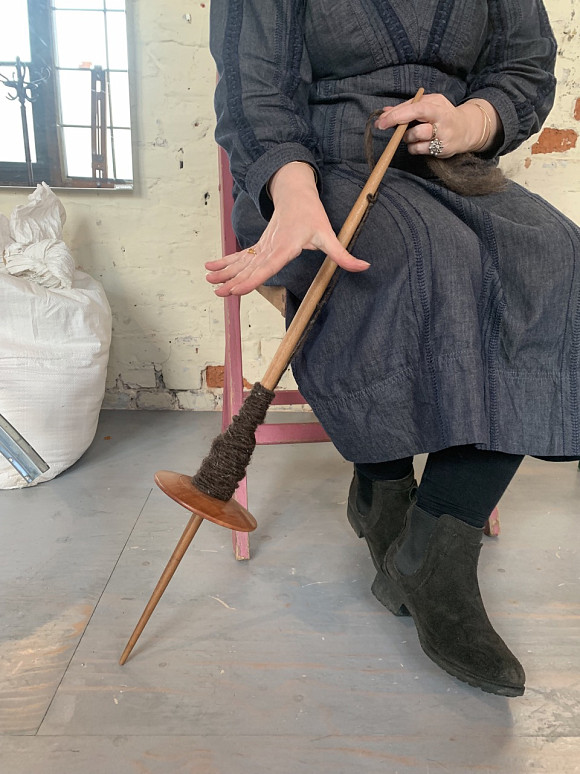

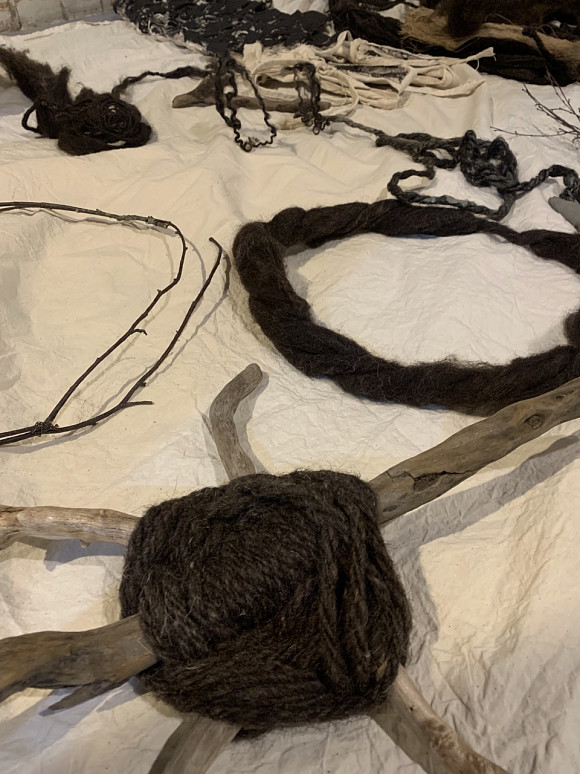
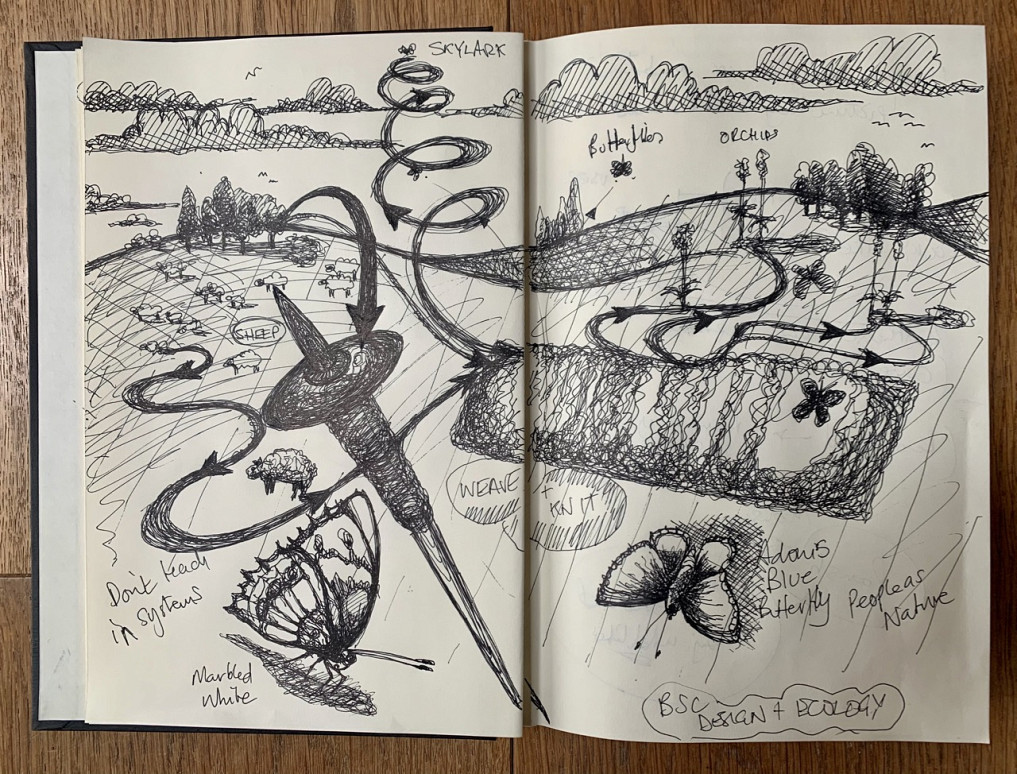
Name: Imogen Bright Moon
Location: South Downs / Brighton, UK
Specialist materials: Organic wool
Products: Woven wool products
Links [if available]: https://www.brightmoonweaving.com/
Imogen is a weaver of wool who has rejected her former vocation within the fashion industry in favour a modest but rigorous set of principles in support of a land based practice.
Having access to a flock of rescued South Downs sheep she utilises a historic material that is organically cleaned, un-dyed and deploys non mechanised processes in the production of wool products and artefacts.
Living in Brighton, the chalk down and associated climate is (relatively) warm and she acknowledges a strong relationship to land-based-craft as a union between the animals in the locality and her personal experience of the landscape. From this association she advocates moving away from a design–led, more liberated materials-led approach where ‘the design ego gets out of the way’. There is a whole natural cycle built into weaving, which offers opportunities that is more naturally derived from a considerate and mindful approach ‘if you are open to it’.
The South Downs region is a unique habitat where rare orchids and butterflies exist as a direct result of grazing the chalk grassland habitat and in-turn (the discussion suggests) present a potential direct ‘making nature’ opportunity through this practice. As a weaver, she suggests that if an animal is eating in its’ own healthy environment it will be reflected in the fleece - the care offered to the free ranging animals - The minerals that the animals intake from the natural environment translate into the ‘wellness’ of the material. She suggests that an implicit sense of biodiversity underpins her capacity to speak to the spirituality, folklore, mindfulness and care for humanity embodied within her practice. She frames her practice as a system within a (greater) ecological system.
Imogen expresses gratitude in having the opportunity to interact with her environment in a way that is meaningful but invisible. She correlates notions of the natural camouflage of the sheep (as potential prey) that blends into the landscape –an intrinsic and integral, natural characteristic of her work and attitude towards it. She aspires to pass through a landscape invisibly.